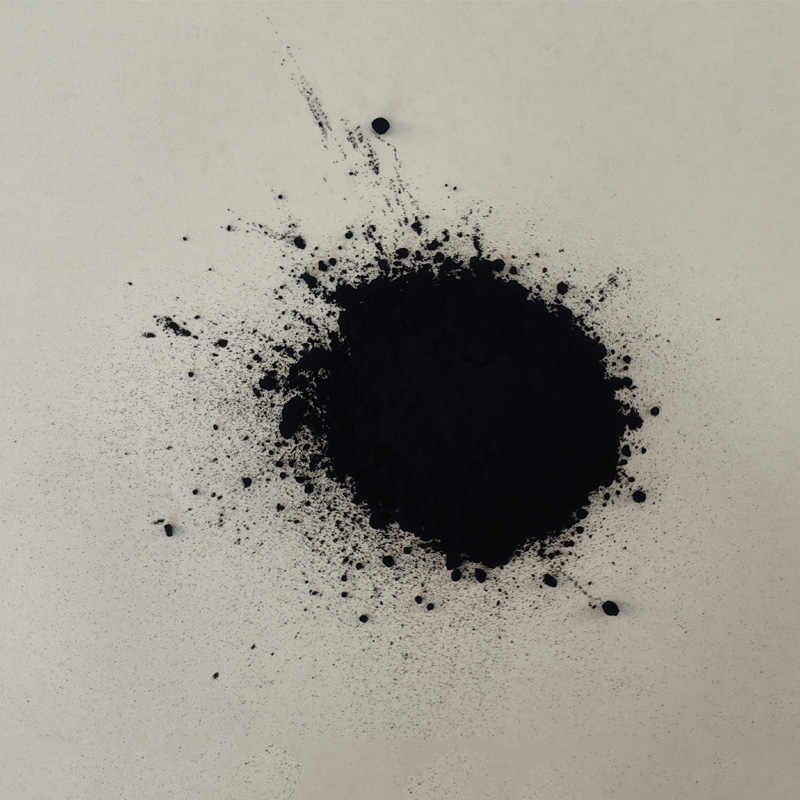Manufacturer of natural indigo blue dye for diverse applications including textiles and cosmetics.
Indigo blue natural dye has a rich history and a wide range of applications. As a natural dye manufacturer, it is essential to understand the process of extracting indigo dye from plants such as Indigofera tinctoria and Persicaria tinctoria.
The process of making indigo dye starts with fermenting the leaves of the indigo plant. The leaves are harvested, dried, and then crushed into a fine powder. This powder is then mixed with water and left to ferment for several days. During the fermentation process, a chemical reaction occurs which converts the precursor molecule indican into the blue dye molecule indigotin.
After fermentation, the dye solution is filtered to remove any solid particles and then the liquid is left to settle. The indigo pigment sinks to the bottom of the container, forming a sludge-like substance. This substance is then collected, dried, and processed into a powder form that can be easily used for dyeing fabrics.
Indigo blue natural dye is known for its vibrant and long-lasting color. It has been used for centuries in various cultures around the world to dye textiles such as clothing, tapestries, and home furnishings. In recent years, there has been a resurgence of interest in natural indigo dyeing as people seek more sustainable and eco-friendly alternatives to synthetic dyes.
indigo blue natural dye manufacturer

As a natural dye manufacturer, it is important to consider the environmental impact of the dyeing process. Indigo blue dye is known to be biodegradable and non-toxic, making it a more eco-friendly option compared to synthetic dyes which can pollute waterways and harm aquatic life.
In addition to its sustainability benefits, natural indigo dye also has unique properties that make it stand out from other dyes. It has a distinctive shade of blue that is difficult to replicate with synthetic dyes, giving textiles a one-of-a-kind look. The dye also has a characteristically uneven color distribution, known as wabi-sabi in Japanese aesthetics, which adds to its charm and appeal.
As a natural dye manufacturer, it is important to uphold the traditional methods of indigo dyeing while also exploring new techniques and innovations. This could involve experimenting with different plant sources for the dye, improving the fermentation process for better color yield, or developing new products such as indigo-based paints or cosmetics.
Overall, being a manufacturer of indigo blue natural dye is a rewarding and challenging endeavor. It requires a deep understanding of the dyeing process, a commitment to sustainability, and a passion for preserving traditional craftsmanship. By embracing these values, natural dye manufacturers can help contribute to a more sustainable and colorful future for the textile industry.
-
The Timeless Art of Denim Indigo Dye
NewsJul.01,2025
-
The Rise of Sulfur Dyed Denim
NewsJul.01,2025
-
The Rich Revival of the Best Indigo Dye
NewsJul.01,2025
-
The Enduring Strength of Sulphur Black
NewsJul.01,2025
-
The Ancient Art of Chinese Indigo Dye
NewsJul.01,2025
-
Industry Power of Indigo
NewsJul.01,2025
-
Black Sulfur is Leading the Next Wave
NewsJul.01,2025

Sulphur Black
1.Name: sulphur black; Sulfur Black; Sulphur Black 1;
2.Structure formula:
3.Molecule formula: C6H4N2O5
4.CAS No.: 1326-82-5
5.HS code: 32041911
6.Product specification:Appearance:black phosphorus flakes; black liquid

Bromo Indigo; Vat Bromo-Indigo; C.I.Vat Blue 5
1.Name: Bromo indigo; Vat bromo-indigo; C.I.Vat blue 5;
2.Structure formula:
3.Molecule formula: C16H6Br4N2O2
4.CAS No.: 2475-31-2
5.HS code: 3204151000 6.Major usage and instruction: Be mainly used to dye cotton fabrics.

Indigo Blue Vat Blue
1.Name: indigo blue,vat blue 1,
2.Structure formula:
3.Molecule formula: C16H10N2O2
4.. CAS No.: 482-89-3
5.Molecule weight: 262.62
6.HS code: 3204151000
7.Major usage and instruction: Be mainly used to dye cotton fabrics.

